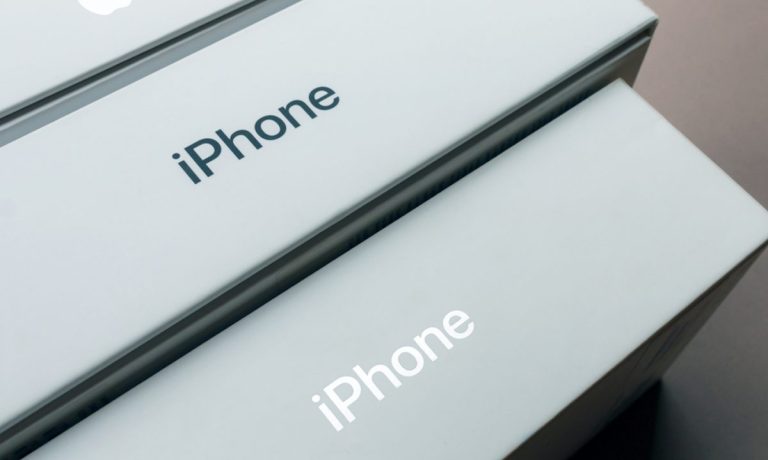As Apple goes, so, too, goes household spending in the United States.
More specifically: The cash that’s been built up over the pandemic, lining individuals’ and families’ bank accounts, underpinning retail sales (especially online), is now being directed toward the most pressing expenses.
That could perhaps be to the detriment of discretionary purchases – at least on items that were once “must-haves” – in an uncertain environment where the Omicron virus is dominating headlines. What were once the “gotta-get-it-now” purchases, right into the holiday season, might be marked by a mindset that screams “can put off till later – perhaps for a long time.”
Case in point: Last week’s warning from tech giant Apple to its suppliers taking note of diminishing demand for the iPhone 13. That caution, first reported by Bloomberg last week, suggests a bit of sticker shock with the $999 price tag.
Warning the suppliers, as Apple has done, ostensibly would have an impact up and down supply chains, where production gets pulled back, so that the phones themselves do not wind up glutting shelves (and leading, inevitably, to a price cut to move inventory). But the pullback, whether short-lived or longer-lived, has implications well beyond the confines of consumer electronics.
What goes up, as they say, must come down. And where consumer spending has been elevated and resilient through the pandemic, it might necessarily have to take a pause. Consumer spending, after all, is driven heavily by psychology.
Advertisement: Scroll to Continue
If we’re feeling confident about our current and future prospects – job security, reliable income flows and spending power (which is tied to inflation), and health – we’re more apt to spend what’s in our collective pockets. Should any of those key “pillars” of consumer confidence be found lacking or weakened, spending will, not surprisingly, also be weakened.
Pressure on Paycheck-to-Paycheck Consumers
The pressure may be more acutely felt by the paycheck-to-paycheck consumers who make up a majority of the U.S. population at present. As detailed in the latest report, done in collaboration between PYMNTS and LendingClub, the percentage of the population that struggles to make ends meet has ticked up to 57% in the most recent reading, compared to about 52% previously. Of that population, 62% of the more than 2,000 consumers surveyed have said they are “highly concerned” about the pandemic. That stat was collected before the news of the Omicron variant rocked markets in recent days; it stands to reason that those concerns might move incrementally higher and impact consumer confidence.
Read more: Uptick in Paycheck-to-Paycheck Living Pegged Mostly to Financial Fears
Scott Sanborn, CEO of LendingClub, told Karen Webster during a recent conversation that paychecks are not going as far as they once did. The pinch comes against the backdrop of inflation, against the return to work (in office settings, with hybrid models) and the drying up of various forbearance programs that might inject renewed levels of expenses into the monthly cash flow equation.
Looming ahead as part of those expenses are student loans, where the federal forbearance program is set to expire at the end of January 2022. The Federal Reserve Bank of New York estimated last month that U.S. credit card debt increased by $17 billion in the most recent quarter, the second straight quarterly increase. In other words, we are bringing more debt on the household balance sheets.
Mortgage balances — the largest component of household debt as detailed by the Fed — rose by $230 billion to reach $10.7 trillion at the end of September. “In total, non-housing balances grew by $61 billion, with gains across all debt types,” the New York Fed noted. Drilling down into student loans, the Fed said that outstanding student loan debt stood at $1.58 trillion in the third quarter, a $14 billion rise from the second quarter.
About 5.3% of aggregate student debt was 90+ days delinquent or in default in Q3 2021. Depending on how consumers juggle their obligations, we may see upward pressure on those metrics. For now, at least, and headed even further into the holiday shopping season, expensive gadgets may not be top of mind — certainly not for those living within the paycheck-to-paycheck economy.
Also see: Fed’s Debt Data Report Signals Pressures for Paycheck-to-Paycheck Consumers

